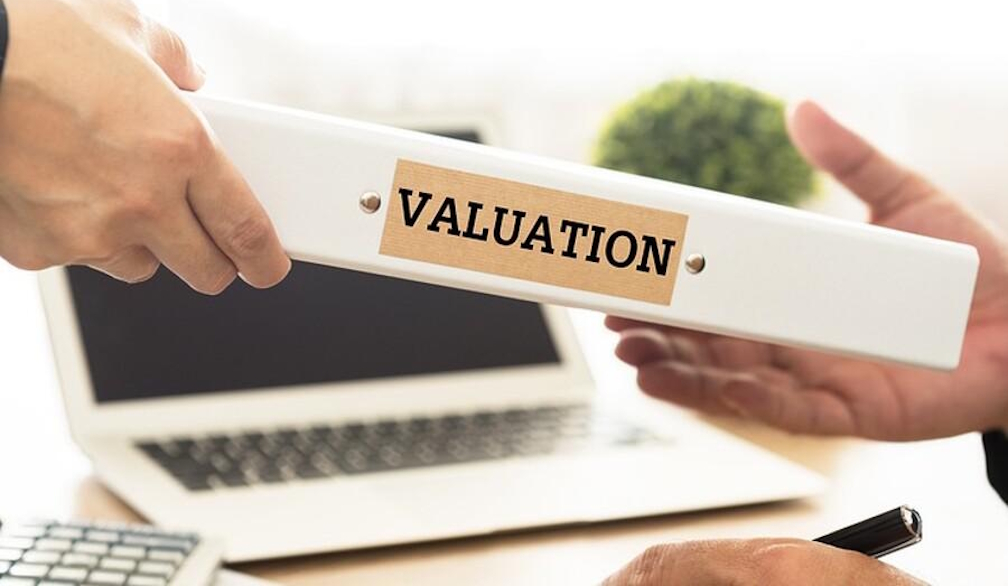The Lifecycle of a Commercial Property Valuation

Commercial property valuation follows an organized procedure that outlines assessment, analysis, and conclusion. It begins by determining the purpose of conducting the valuation-whether compliance, sale, or even remodelling. Then it proceeds by gathering data in the course of reviewing comparable sales, current market trends, and specifics pertaining to the property. Then follows specific procedures applied during the valuing process-income approach, market approach, cost approach. Modifications are included for specific property characteristics or conditions of the market. The final value report provides input for determining purposes. Each stage ensures accuracy and relevance, therefore assisting stakeholders, investors and property owners in achieving their objectives.
The Role of Valuations in Commercial Property Renovations
In guiding renovations of commercial real estate, valuations are therefore needed. Values will be useful in ascertaining the existing market value of the property before improvements. An appraisal for the purposes of increasing the total value shows where modifications should be done. Budgeting for renovations becomes better managed when possible returns are known. In addition, commercial property valuation ensure that costly errors are avoided because regional laws are always complied with. Periodic reviews monitor the financial viability and value shift during renovation. Market-conforming renovation appraisals are concerned with how crucial it is to have market-conforming upgrades. Energy efficiency features or modern designs are what today's tenants want. Renovated appraisals reflect the increased market value after renovations, which helps in pricing for sale or lease.
Economic Indicators and Their Effect on Commercial Property Valuation
The commercial property valuation is very much influenced by economic indicators, which depict the potential and health of the market. Interest rates directly impact the borrowing costs, which influence the demand for real estate and investment decisions. Generally, high interest rates make things less affordable and lower the value of real estate. Inflation changes operating costs and rental income, thus affecting valuations. Growing inflation can decrease people's purchasing power, that may affect real estate investments and market activity. There is another important indicator of the current state of the economy, as well as demand for real estate itself, which is employment level. High employment rates have often been associated with more demand for commercial premises as well as corporate growth. Low employment levels can therefore make real estate less useful and less attractive for buyers. Local economic growth triggered by industrial or technological progress, raises demand for properties in that area. Attractive local factors attract firms, and firm attraction increases property value. This is also affected by changes in government policies, like amendments in zoning or tax breaks. Tax exemptions to firms may increase real estate demand and increase value potential. External factors do exist as well, in the form of shifts in foreign investment and international trade.
How to Maximize Your Property Value Before a Commercial Valuation
Proper planning at a strategic level will get maximum value out of the property. The maintenance-related problems will need to be rectified for letting the house shine to its best potential. Remedying the structural faults, up-gradation in the utilities will enhance the reliability as well as correct the market's perception. An upgradation in the good first impression is by enhancing curb appeal with ornate landscaping, along with the new signboards. Green companies are attracted to energy-efficient upgrades such as solar panels or LED lighting, making the property more attractive in the marketplace.
Property can appreciate in value based upon meeting a myriad of needs through adaptive design opportunities. Reviewing the lease makes sure that it is fair and current market value to maximize rental income. With a financial history showing income-generating capacity, this sets transparency in its valuation. Seek an expert to recognize areas with specific issues which would require repair before valuation. Observe the development within the market and ensure that what the property features meet all the needs of the day. All these actions build value in the property, and the valuations ensure that they are fruitful.


















